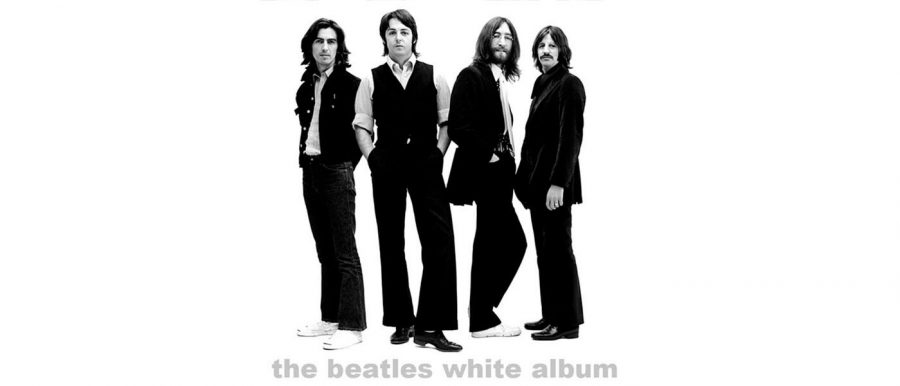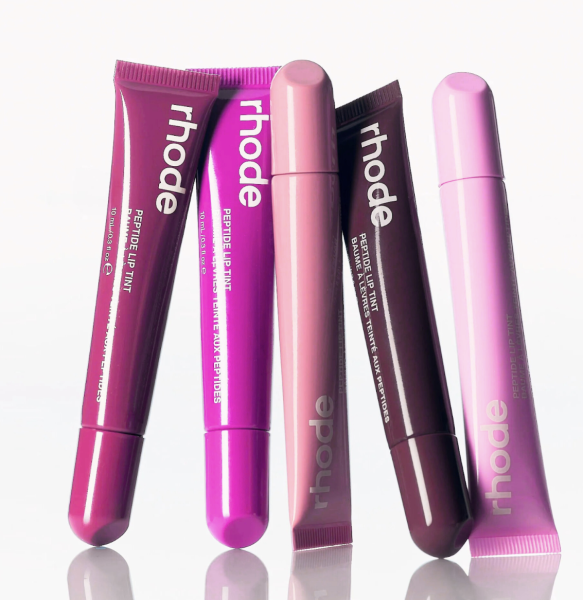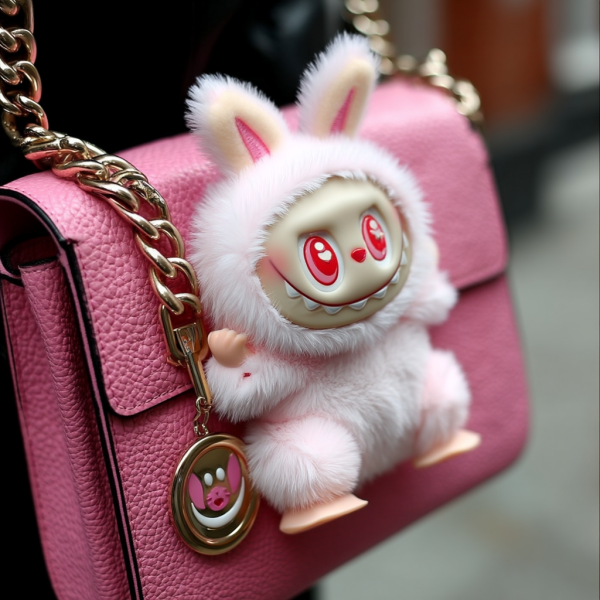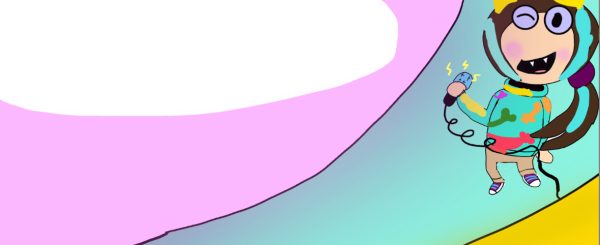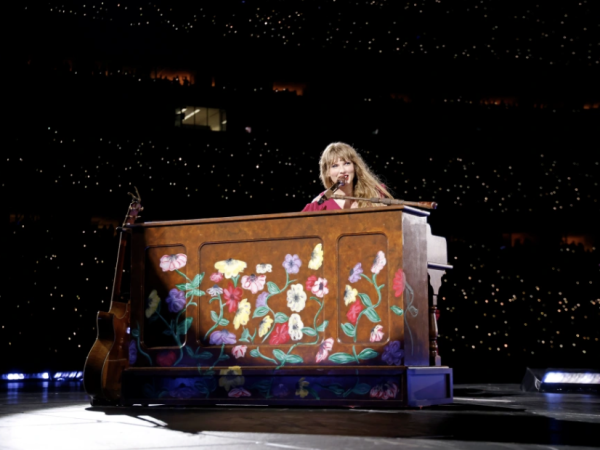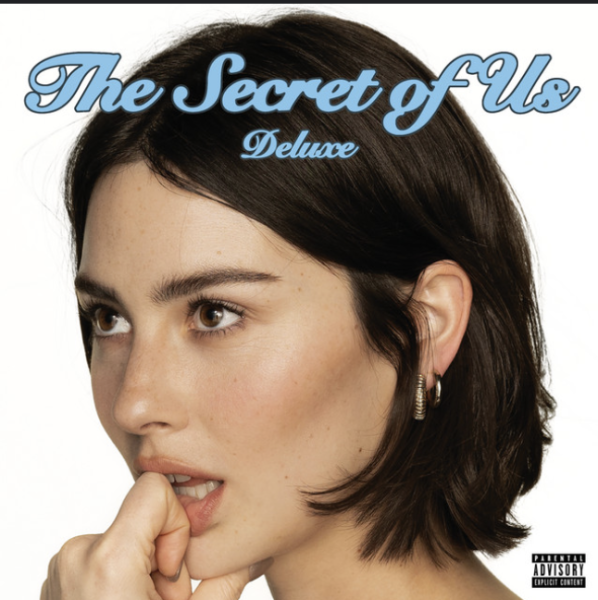White Album rocks the world fifty years later
It’s the double album everyone knows, the revolutionary release, the incredible and shocking addition to the already diverse catalog of the four scrappy young guys from Liverpool. On November 22nd 1968, the Beatles unleashed “The White Album” onto the world.
Any Beatles fan who lived through the sixties can tell you that watching the styles of the Fab Four evolve over the years was super exciting. They were ushered into pop culture as cute boys with bowl cuts and funny accents that had teenage girls swooning over their hit like “Twist and Shout” and “I Wanna Hold Your Hand”.
This would shift to a more psychedelic sound in the mid sixties, around ‘65 and ‘66, in which they began to draw inspiration from people like Bob Dylan. They also admitted to starting experiment with drugs like LSD at this time.
The music that came out of this can be found on albums “Help”, “Rubber Soul”, and “Revolver”. These shifted towards an eastern style containing sitar and experimental production methods. “Tomorrow Never Knows” is an excellent example of the shift. This was a far reach from the “doo-wops” or their early music.
John Lennon in particular became more outspoken in terms of politics, and guitar-player George Harrison developed an interest in Eastern culture. The stage was set. The four Beatles were feeling experiment after a group trip to India. It was time to write.
A whopping ninety-three minutes, the “White Album” contains four sides of vinyl. Also, “White Album” isn’t even technically it’s name. It was issued with only “the Beatles” written on a white cover. This promoted its widely known name, the “White Album”.
There was yet again drastic changes made in terms of the types of songs on the album. There were rock pieces like “Helter Skelter” that weren’t anything like the Beatles four years before. That sound is something that if played in 1964, absolutely no one would believe this was those boys in suits on Ed Sullivan. They had long hair, wore, fur, and wrote songs about war, sex, and drugs.
Lennon wrote “Happiness is a warm Gun”. Even the title is a far cry from “Please Please Me”. George Harrison showed off the new direction of guitar that people like Clapton and Hendrix played with the hefty “While my guitar gently weeps”.
Drummer Ringo Starr sang the southern inspired swanky “Don’t pass me by”. Paul McCartney wrote “Blackbird” for the recently assassinated Martin Luther King Jr, and borrowed The Beach Boys style to write “Back in the U.S.S.R.” about the Soviet Union, despite the tension between the United States and the Soviet Union happening during the Cold War at this point.
The record sold through the roof, broke down barriers, and made heavy rock mainstream. 34 tracks were released and 30 of them were on the double album. One very popular song was “Revolution”, as it is a song associated with the counterculture counter-War movement of the youth during the time. It was banned at American military locations in Vietnam.
Fifty years later, this double album masterpiece is still regarded among music enthusiasts as one of the best song collections of all time. Kurt Cobain, frontman of Nirvana, sites it as one of his major inspirations. He would go on to cover many Beatles songs.
Radio stations across the nation and across the planet praise the boldness of the album by playing it’s songs despite being five decades after its heyday. Experts and professors of music theory talk about it endlessly. Generations have listened to the Beatles, everyone from a grandparent to their grandchildren could tell you they have at one found enjoyment in a Beatles jam session.
Local radio station 102.9 MGK among others will be celebrating the anniversary and fans are excited to tune in and appreciate the double album that spoke to so many. The “White Album” will continue to spin on record players for eons to come.


